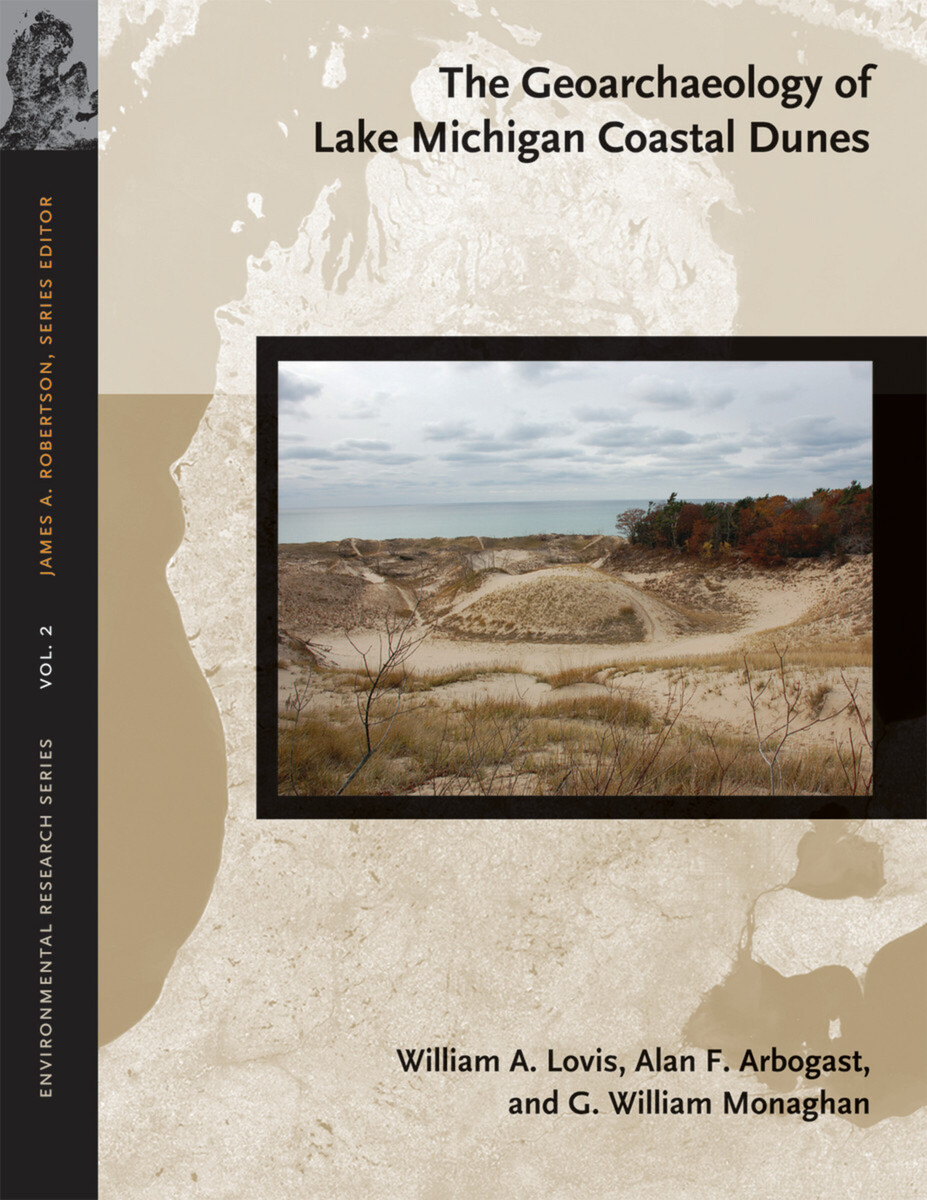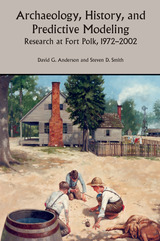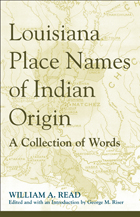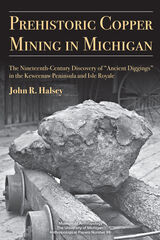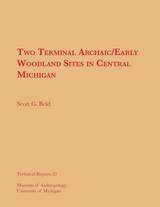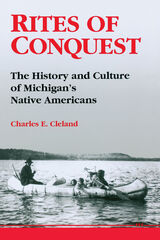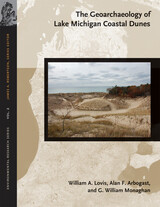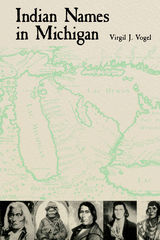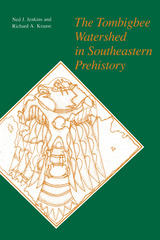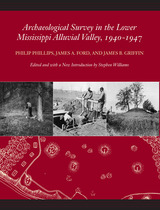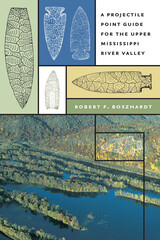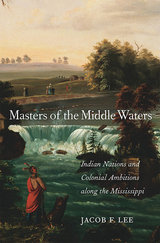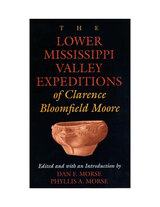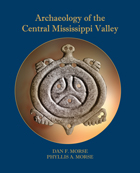Paper: 978-1-61186-051-1 | eISBN: 978-1-60917-348-7 (PDF)
Library of Congress Classification E78.M6L78 2012
Dewey Decimal Classification 977.401
Complex sets of environmental factors have interacted over the past 5,000 years to affect how changes in climate, temperature, relative precipitation, and the levels of Lake Michigan influence the preservation of archaeological sites in coastal sand dunes along Lake Michigan. As a collaboration between earth scientists, archaeologists, and geoarchaeologists, this study draws on a wealth of research and multidisciplinary insights to explore the conditions necessary to safeguard ancient human settlements in these landscapes. A variety of contemporary and innovative techniques, including numerous dating methods and approaches, were employed to determine when and for how long sand dunes were active and when and for how long archaeological sites were occupied. Knowledge of dune processes and settlement patterns not only affects archaeological interpretations, but it is also consummately important to land planners responsible for managing heritage archaeological sites in the Lake Michigan coastal zone.
See other books on: Archaeological geology | Coastal archaeology | Geoarchaeology | Geology | Michigan, Lake
See other titles from Michigan State University Press
